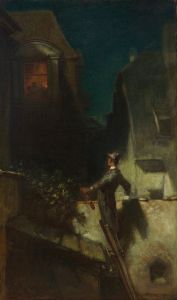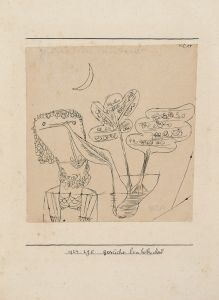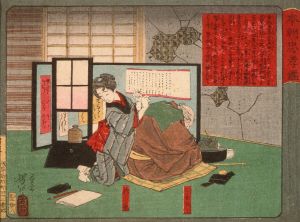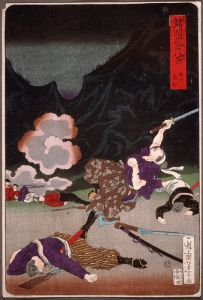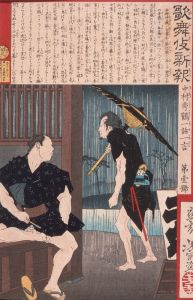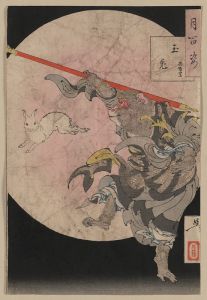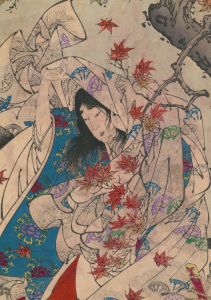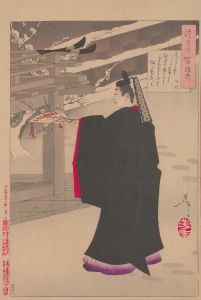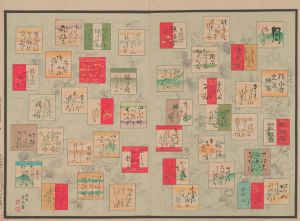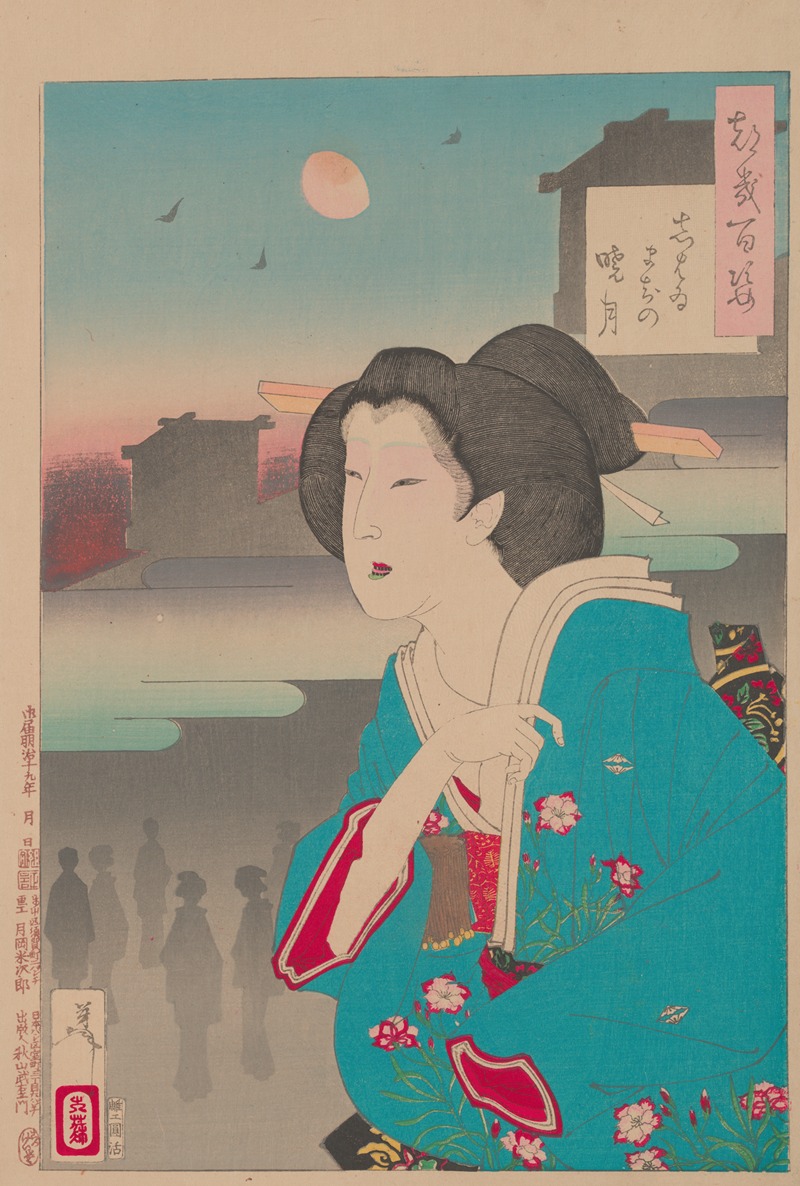
Theater-district dawn moon
A hand-painted replica of Tsukioka Yoshitoshi’s masterpiece Theater-district dawn moon, meticulously crafted by professional artists to capture the true essence of the original. Each piece is created with museum-quality canvas and rare mineral pigments, carefully painted by experienced artists with delicate brushstrokes and rich, layered colors to perfectly recreate the texture of the original artwork. Unlike machine-printed reproductions, this hand-painted version brings the painting to life, infused with the artist’s emotions and skill in every stroke. Whether for personal collection or home decoration, it instantly elevates the artistic atmosphere of any space.
Tsukioka Yoshitoshi (1839–1892) was a renowned Japanese artist known for his woodblock prints and paintings, particularly during the late Edo and early Meiji periods. He is often celebrated for his innovative approach to traditional ukiyo-e art, which he revitalized during a time when Western influences were becoming more prominent in Japan. One of his notable works is "Theater-district dawn moon," which is part of his acclaimed series "One Hundred Aspects of the Moon" (Tsuki hyakushi).
"Theater-district dawn moon" is a woodblock print that exemplifies Yoshitoshi's mastery in capturing the interplay between light and shadow, as well as his ability to convey emotion and narrative through his art. This particular print is part of the "One Hundred Aspects of the Moon" series, which was completed between 1885 and 1892. The series consists of 100 prints, each depicting a scene inspired by Japanese and Chinese history, literature, folklore, and theater, all unified by the motif of the moon.
In "Theater-district dawn moon," Yoshitoshi illustrates a scene set in a theater district, a vibrant and culturally rich area often associated with entertainment and the performing arts. The print captures the moment at dawn, a time when the bustling activities of the night begin to quiet down, and the first light of day emerges. The moon, a central element in the series, is depicted in a way that suggests its lingering presence even as the sun begins to rise. This juxtaposition of night and day is a common theme in Yoshitoshi's work, symbolizing the passage of time and the transient nature of life.
Yoshitoshi's use of color and composition in this print is particularly noteworthy. He employs a delicate balance of hues to convey the subtle transition from night to day. The figures in the scene are rendered with intricate detail, showcasing Yoshitoshi's skill in portraying human expression and movement. The theater district setting also allows for a glimpse into the cultural life of the period, highlighting the importance of theater as a form of entertainment and social gathering.
The "One Hundred Aspects of the Moon" series, including "Theater-district dawn moon," is considered one of Yoshitoshi's masterpieces. It reflects his deep appreciation for traditional Japanese culture while also embracing new artistic techniques and ideas. This series was created during a time of significant change in Japan, as the country was opening up to Western influences and undergoing modernization. Yoshitoshi's work, therefore, serves as a bridge between the old and the new, preserving the essence of Japanese art while also pushing its boundaries.
Yoshitoshi's legacy as an artist is marked by his ability to capture the human experience with empathy and depth. His prints continue to be celebrated for their technical excellence and emotional resonance. "Theater-district dawn moon," like many of his works, invites viewers to reflect on the beauty and complexity of life, as well as the enduring allure of the moon as a symbol of mystery and inspiration.





